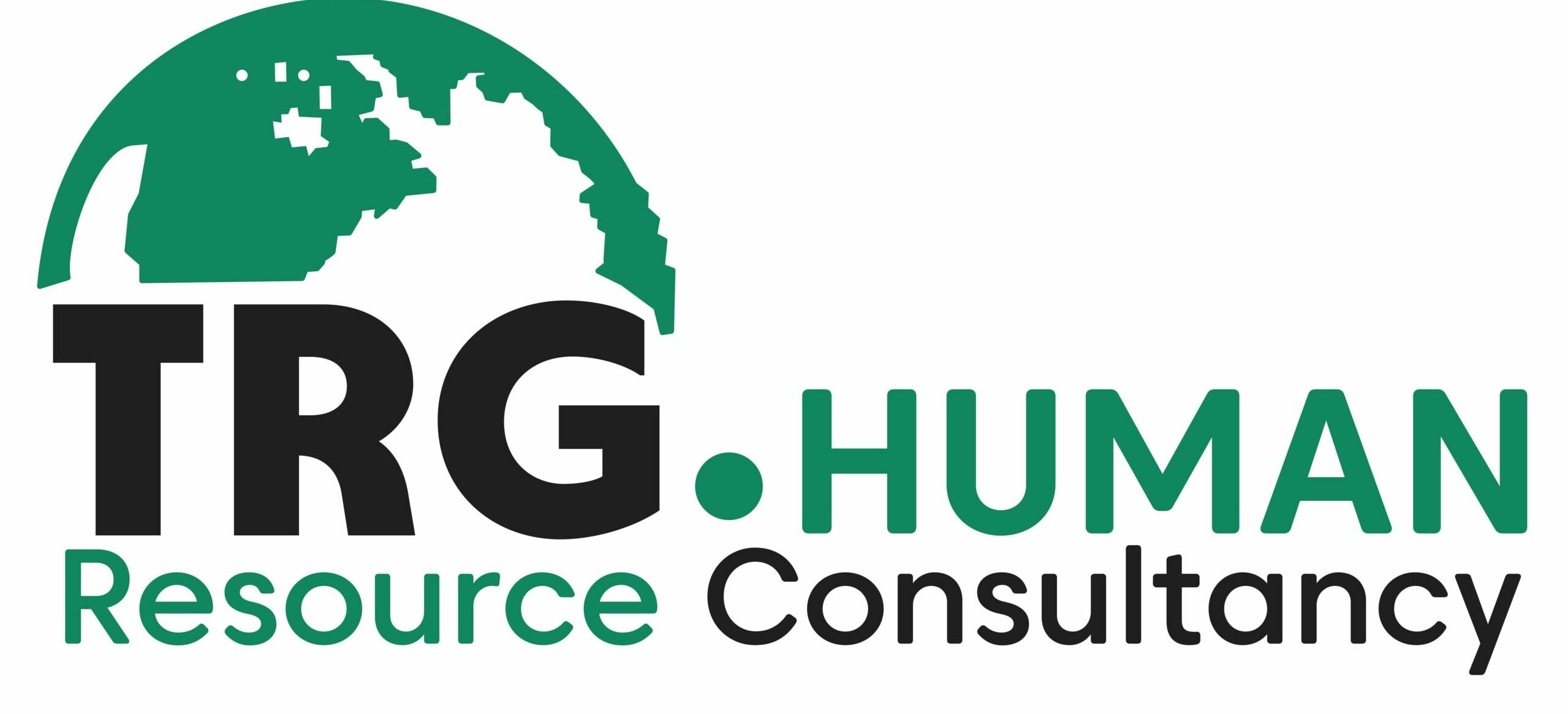Top HR Trends in 2022
While 2021 was a year of rethinking HR and establishing its new function, 2022 will be all about pushing the limits of what HR can do. In this post, we’ll look at 11 top HR trends that are having an influence on how we manage human resources.
In my daily encounters with our clients and HR experts from across the world, I’m continually reminded of two facts:
Nothing has changed more in the last two years than the way we work and how businesses function. And that no other company function has been put under more strain than Human Resources to keep up with the rapid pace of change.
The disruption to our economies and organizations has been ongoing rather than episodic, ranging from the first transition toward complete remote working, frequent lockdowns, and health concerns, to the Great Reopening (only to be quickly followed by the Great Resignation and talent shortages).
HR as a product
The transition from project-focused HR to product-focused HR is one of the most noteworthy HR trends we’re witnessing right now. This is a significant shift in the way HR functions. HR has always operated with a project-based mentality. A project has a specified timetable, deliverables, and resources, and it is designed to be conducted effectively.
On the other hand, a product is continuing. It doesn’t have to have a conclusion and attempts to generate value, with (more) resources allocated as the impact grows.
This shift in mentality will not only enhance HR’s service delivery quality, but it will also allow HR to better develop the competencies that will assist businesses to improve their bottom line.
However, such a transition will necessitate an update on the part of HR specialists. They’ll need to learn more about their internal consumers, including their shifting habits and preferences. They’ll also have to lift their game in terms of providing a more personalized and distinctive employee experience.
Collaboration by design
The office’s function has shifted dramatically. It is no longer true that great work can only be done in the office, let alone in a cubicle. In fact, 77 percent of respondents say their productivity has increased as a result of the pandemic. Almost a third of employees were able to do more work in less time.
The disadvantage is that employees’ networks have diminished as a result of remote work, and firms have become more compartmentalized. According to statistics, remote workers have fewer ad hoc chats with coworkers than those who work on-site (60 percent vs. 77 percent respectively). Collaboration and creativity suffer as a result of all of this.
That’s why, by 2022, HR will have to be much more intentional and active in assisting firms in reshaping the way collaboration, co-creation, and innovation take place. HR may assist in the creation of circumstances that allow workers (including HR experts) to collaborate on a variety of projects within the business or even cross-organizationally (see our next trend on talent marketplaces).
Human resource professionals can do this by using the following methods:
- Creating a workspace (both real and virtual) that allows teams to collaborate and interact regardless of their location.
- Organizational structures that encourage cross-functional collaboration. To actively foster cooperation and variety of opinion, they include regular employees, gig workers, and contractors.
- Rotational talent programs are available (see our trend on career experiences).
- Using digital platforms to link employees asynchronously so they may collaborate at any time and from any location.
HR can assist develop an organization that supports the convenience of working from home while ensuring that collaborative practices continue to generate value and innovation to the firm by taking a design approach to collaboration. In 2022, we anticipate seeing a lot more of this type of HR development.
Talent marketplaces & talent allocation
One of the most important lessons learned from the epidemic is that businesses can no longer rely entirely on external talent acquisition. Instead, businesses have been compelled to make greater use of the talent they currently have due to the limited labor market.
This leads us to our next HR trend: improved talent allocation through talent markets. In a nutshell, talent markets link individuals inside a company or industry to internal job possibilities. Job vacancies, as well as cross-departmental projects, temporary assignments, and other initiatives are among them.
Talent allocation has occurred naturally in various industries.
Professionals in the shipbuilding sector are dispatched when a new assignment is received, only to ‘jump ship’ when the contract is close to expiring and a competing company is awarded the next major contract. This allows the individual to focus on relevant tasks while also developing their own skills. On the other hand, depending on the projects available, the corporation can swiftly deploy a temporary yet competent crew.
What has changed is that human resources departments are becoming more aware of the value of (planned) skill development. As a result, an increasing number of businesses are considering forming joint talent marketplaces with their strategic partners.
Organizations use this approach to bring in people on an as-needed basis to consult or work on a specific project – one of the HR trends we will see a lot more of in 2022.
Career experiences
Another key trend addressing the problem of skill development is career experiences. These days, employees are less likely to commit their whole careers to a single business. In fact, the average person today changes jobs every four years. Over the course of their careers, employees aged 18 to 24 change jobs 5.7 times.
Organizations are increasingly investing in employees’ professional experiences to adapt to this reality. The objective is for the company to grow its capabilities while also providing new learning opportunities for employees.
Different types of experiences have been identified by companies: lateral, vertical, rotating, and boomerang. The latter entails someone leaving the company for a few years and then returning with additional experience.
HR owning business transformation
When I asked a group of ten CHROs to raise their hands whether they were in the midst of a transition, nine people raised their hands. After that, the ninth individual informed me that he had overlooked the question.
When it comes to HR’s role in transformation, it is frequently late to the party and just for issues involving people management. However, this lack of engagement is disappointing because HR offers a wide range of tools that may contribute enormous value to these initiatives.
With transformation becoming more widespread, HR has a role to play in taking ownership of these processes and assessing their effect and progress. HR should play a crucial role in guiding these transformation efforts, given its experience.
This will necessitate much tighter collaboration and contact with divisions across the company. HR must link the competencies of people to the leadership and business demands.
Whether it’s assisting in the creation of internal talent marketplaces, assuring greater cooperation in the new hybrid era of work, weaving purpose into the organization’s business culture and activities, or driving more data-driven choices, there’s something for everyone.
Preparing for multiple futures
Above all, the future of work is fluid and unclear. The world has become much too unpredictable to plan for simply one probable outcome. Employees are requesting more freedom in terms of where, when, and how they work. Companies, on the other hand, are being forced to learn how to be more flexible, agile, and robust. The same may be said about human resources.
Companies may establish more flexible plans that develop as the business environment develops by employing a data-driven workforce and scenario planning, among other things. This isn’t going to happen until HR and its strategy become more adaptable and nimbler.
On balance, the first option appears to be more plausible. The sheer possibility of the second situation, on the other hand, compelled leadership and HR to take action. They devised a planned reaction to guarantee that the group was prepared to cope with the situation.
Companies will not be able to thrive in the fast-paced reality unless they are prepared for all eventualities and are nimble enough to react quickly. As a result, HR must maintain its finger on the pulse of its company as well as the rest of the world, and prepare for a variety of possibilities.
The shift from people analytics to data literacy
In the last five years, people analytics has had a huge influence on how we manage people. However, although only a few years ago, firms were primarily searching for people analytics knowledge, this has now transformed.
Businesses are increasingly realizing that they need to do more to properly integrate people analytics in their (HR) departments.
To provide better advice, HR managers must be able to access dashboards and get important data. HR analysts will also be more successful if they can back up their findings with business and financial data.
That isn’t to mean that HR workers will have to become specialists in data collecting – which can now be done with technology and automation – or data analysis – since most firms already have strong data analytics teams outside of HR.




